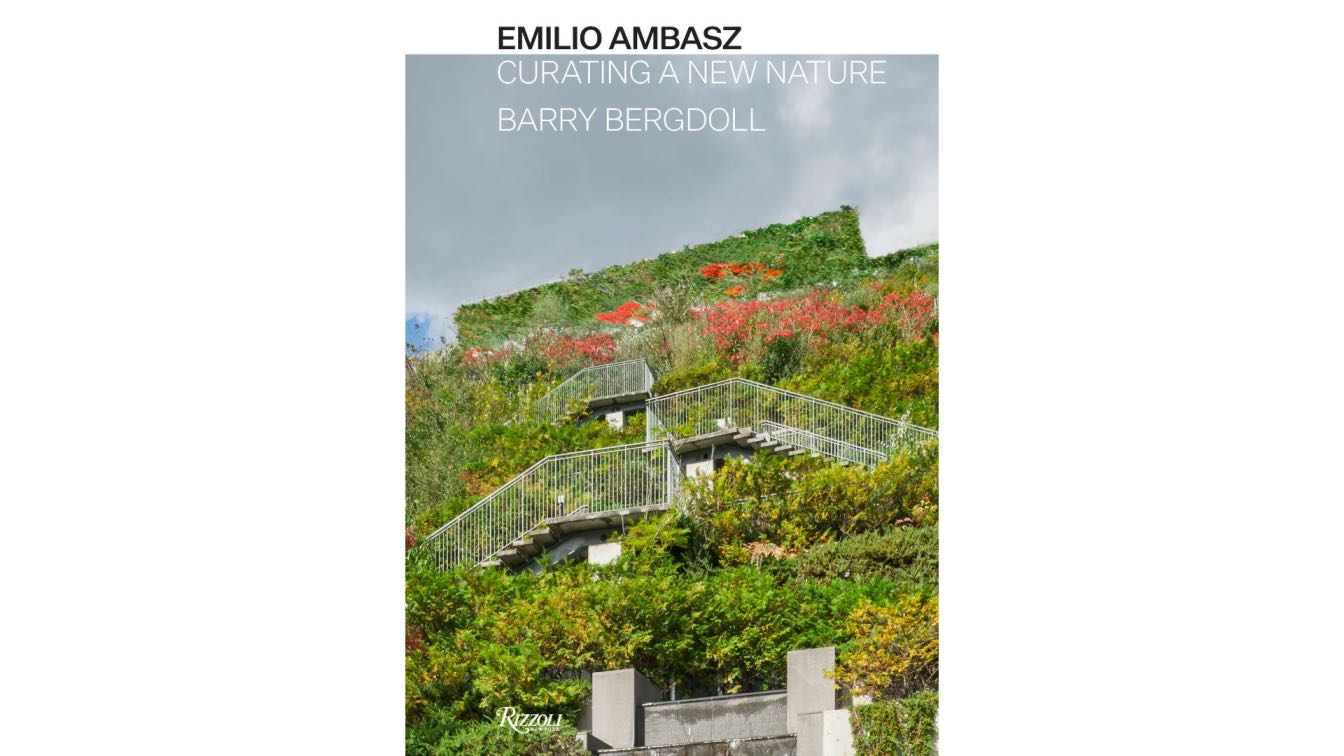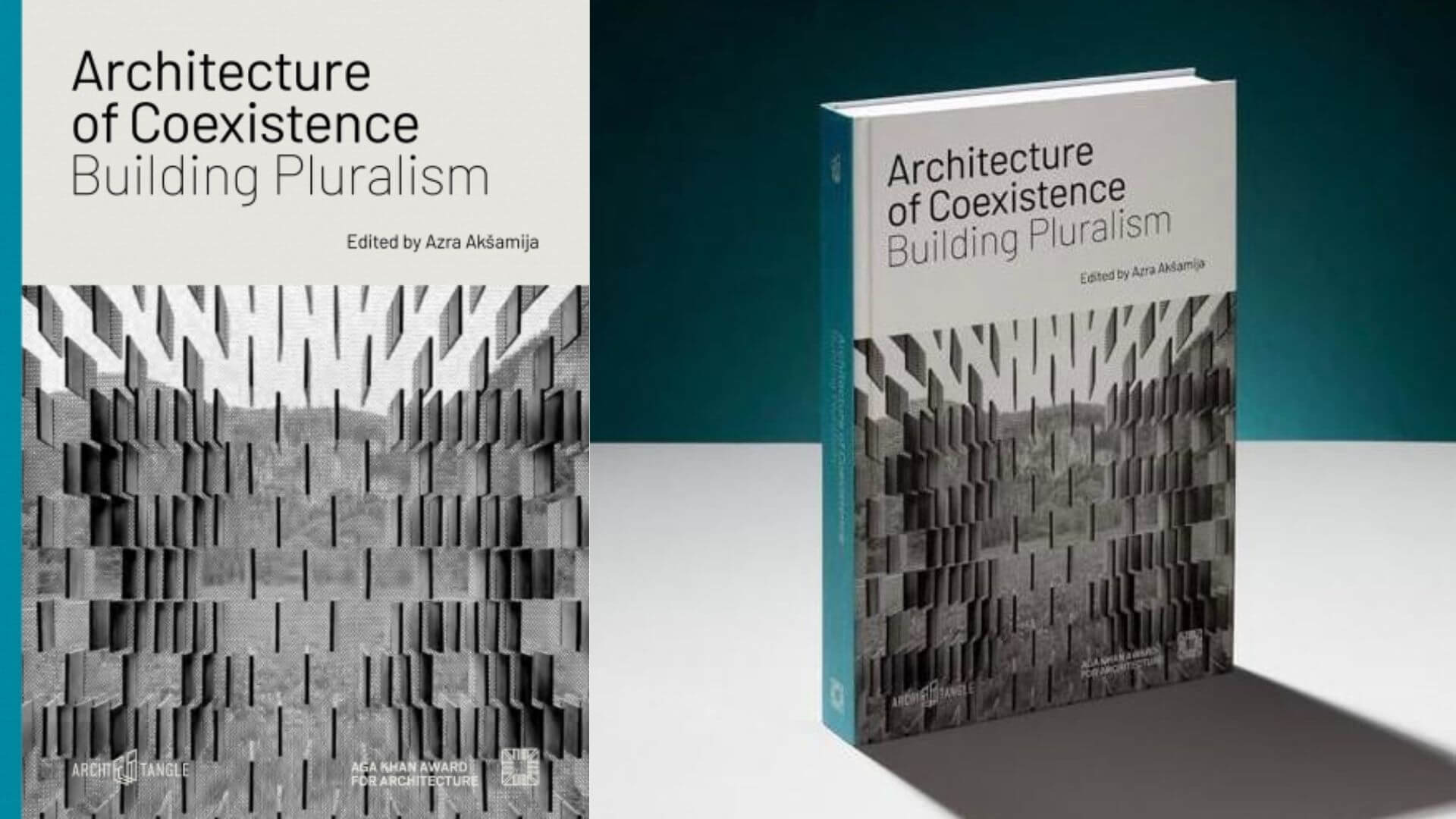Variously labeled the father, poet, and prophet of green architecture, Emilio Ambasz is a proponent of the idea that any project in architecture or design must present new or better ways of living or be deemed immoral. An award-winning architect, industrial designer, and protean maker of forms, he has created engine casings, modular office environments, streetlights, flexible pens, expandable suitcases, a pocket foldable television, door handles, wrist computers, and 3-D posters. He created the Vertebra chair (in collaboration with Giancarlo Piretti), an iconic automatic ergonomic chair, now part of the permanent collections at The Museum of Modern Art and The Metropolitan Museum of Art in New York.
Long a pioneer in architecture, Emilio Ambasz has retained a belief in the environment, or rather the larger ecology, as fundamental in viewing the world: as Bergdoll notes in the introduction, “his philosophy of ‘green over gray’ may often have fallen on deaf ears at the height of Postmodernism, but it today seems profoundly relevant.” And it is in the context of today that the book considers Abasz’s work and its three main areas of concentration—architecture, industrial design, curating—with an aim of shining a light on the interdisciplinary nature of his work as a whole.
Featuring built and manufactured designs that have achieved iconic fame and challenged others to approach new ways of reconciling architecture and nature, the book also considers Ambasz’s work as curator at MoMA and his ongoing influence and legacy.
EMILIO AMBASZ: CURATING A NEW NATURE is a timely reevaluation of this ecologically minded trailblazer and vibrantly interdisciplinary figure of contemporary design and is a book destined for the well-rounded contemporay architecture library.
About the author: Barry Bergdoll is Meyer Schapiro Professor of Art History and Archaeology at Columbia University and former Philip Johnson Chief Curator of Architecture and Design at the Museum of Modern Art in New York


.jpg)


